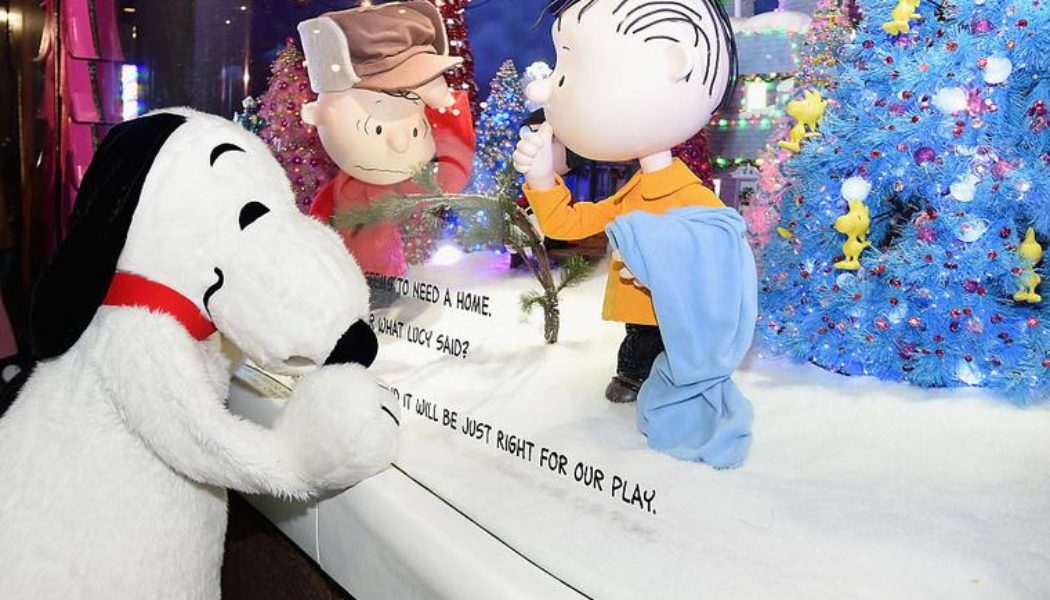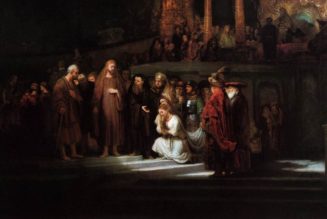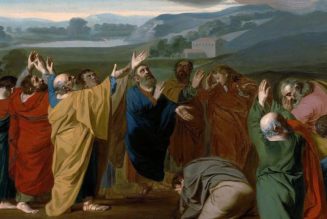
Classic Christmassy fare offers reason-for-the-season themes amid standard secular offerings.
It’s that time of year again.
The Rankin/Bass lineup of Rudolph the Red Nosed Reindeer, The Year Without a Santa Claus and Frosty the Snowman, just to name a few, remain, all these decades later, staples of Christmastime television. Most of their catalog represents the pacification of Christmas into a mash-up of vague bromides of happiness and joy, without ever scratching the surface as to why this season, as opposed to all others, is so joyful and happy. The other element all of these Christmas specials relied on: heavy doses of fantasy.
It is not that Rankin/Bass Christmas specials spearheaded the diminution of Christmas as a high holy day, but they certainly joined along in an organized march to the rear when it comes to moving away from the religious center of Christmas with elves, toy shops and airborne reindeer.
Still, God works in mysterious ways; and in the process of doing research for this article, I revisited some of the Rankin/Bass oeuvre and found a couple of Christmas “miracles” among them.
The Little Drummer Boy is a 25-minute “epic” that looks like something Cecil B. DeMille might have produced if given only a half-hour’s worth of film and stop-action puppets to work with. Set at the time of Jesus’ birth and using the cherished Christmas song of the same name, it follows a rather sobering tale of a poor boy who loses his parents to violence and is consumed by hate and anger.
I will not divulge any spoiler alerts, but when the boy’s meandering journey takes him to a stable in Bethlehem, things change. He is able to unload all of his pain by merely being in the presence of the Baby Jesus … and, of course, extends the only gift he has in return for the grace he has received.
The second little “miracle” I uncovered in my research is a Rankin/Bass production that somehow slipped by my own pop-culture radar: The First Christmas: The Story of the First Christmas Snow. The story is gentle as a breeze and poignant, and the “reason for the season” is once again center stage.
It is about another orphan boy, but this one is a shepherd in “modern times” who is struck blind by lighting. Kindly nuns find him and nurse him back to health, but his blindness remains.
I will not spoil this one either, but trust me, things work out — and they do so primarily not by “magic” or “wishing on a star,” but by believing in what that first star 2,000 years ago really meant. It even uses water, in the form of a healing snowflake, in the midst of the performance of a Nativity play as a healing element. It made me wonder if there may have been an undercover Catholic in the Rankin/Bass writer’s room.
Are these pop-culture presentations of the beginning of the greatest story ever told great art? No. But in a culture that grows exponentially more secular by the minute, we must continue to celebrate and share with our children — and ourselves — these kinds of “stories” that deliver exceptionally large doses of the truth.
Speaking of art, there is a Christmas special that still rises above all others. The fact it is still enjoyed by children and adults alike attests to its artistry and explains its longevity.
The story about how it came into existence is almost as miraculous as the story it tells. In 1965, the Peanuts cartoon strip was syndicated in hundreds of newspapers across the United States. It was only natural for CBS network executives to approach Peanuts creator Charles Schulz with the idea of a Christmas special.
They liked the plot. They liked the idea of the jazz-style soundtrack. It was going to be a green light — except for that ending. It was one thing to have an overt scene like the Baby Jesus in a manger or a little boy singing in a choir dressed as an angel during a typical Christmas pageant, but Schulz had something else in mind, and the network executives were not happy.
Schulz insisted that the special include a quotation from the Gospel rendition of the first Nativity. This was a bold move — and one that met with strong resistance.
Cartoonist Schulz was thinking like an artist, an artist who wanted to commemorate the first Christmas. Ultimately, Schulz prevailed, and A Charlie Brown Christmas has aired in its intended format ever since.
It is like just about every Christmas special aimed at children ever made — until it isn’t. There are all the Peanuts foibles and angst as the beloved Charlie Brown tries hard to create a Christmas pageant but gets little cooperation from his friends. And then, when all seems lost, his best friend, Linus, takes the stage.
Schulz always referred to his character Linus as his “spiritual self”; and though Schulz had a mixed bag of religious inklings, what he did in 1965 on network television was nothing short of miraculous. There is not another mainstream network-aired Christmas special around that has this kind of biblical message, with the unvarnished reading from the Gospel of St. Luke — the focal point of this wonderful Christmas special and delivered so simply by the lovable Linus, thus endearing the program to generations of viewers.
And there were in the same country shepherds abiding in the field, keeping watch over their flock by night.
And, lo, the angel of the Lord came upon them, and the glory of the Lord shone round about them: and they were sore afraid. And the angel said unto them, “Fear not: for, behold, I bring you tidings of great joy, which shall be to all people. For unto you is born this day in the city of David a Savior, which is Christ the Lord. And this shall be a sign unto you: You shall find the Babe wrapped in swaddling clothes, lying in a manger.” And suddenly there was with the angel a multitude of the heavenly host praising God, and saying, “Glory to God in the highest, and on earth peace, goodwill toward men.”
“That’s what Christmas is all about, Charlie Brown.”
Indeed!
Join Our Telegram Group : Salvation & Prosperity








